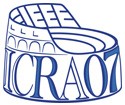Social tours and visits program
A number of tours and museum visits have been organized during the whole duration of ICRA'07. A minimum number of 25 participants is requested for each tour or visit.
If you are interested in participating to one or more of the events in this social program, please fill in the ICRA'07 Social Program Form (available as doc or pdf file) and return it by email (icra07@fasiweb.com) or by fax (+39.06.97605650) to the Conference Secretariat (FASI) before 28 February 2007.
Added note [19 March]. We are currently missing the numbers for full operation of most of the tours and visits. If you are interested and have not yet registered, please disregard the above deadline and send in the form with your requests to FASI as soon as possible. Programs may be modified and/or personalized so as to accommodate your requests to the largest feasible extent. Alternative arrangements will be proposed by FASI when the number of registered persons to a tour or visit does not reach the required minimum by the new deadline of 27 March 2007, but is still consistent (10 persons or more).
As soon as the minimum number of participants for a given event is reached, FASI will send you detailed information (meeting point, exact time, and so on). Tours may change depending on weather conditions. If, due to organizational problems, a chosen tour or visit is cancelled, the Conference Secretariat will propose an alternative program or will refund the entire amount paid.
Schedule
| Dates | Morning | Afternoon | Evening |
|---|---|---|---|
| 10 April | Tour: Panoramic visit of Rome |
Museum: Scuderie del Quirinale - Albrecht Dürer |
- |
| 11 April | Tour: Villa Adriana and Villa D'Este |
Tour: Rome by night |
|
| Tour: Appia Antica |
Museum: Borghese Gallery |
||
| 12 April | Tour: Vatican City |
Museum: Ara Pacis |
- |
| Tour: Campidoglio and Capitolin Museums |
|||
| 13 April | Tour: Baroque Art |
Museum: Castel Sant'Angelo |
Museum: Barberini Gallery |
| Tour: Vatican Museums and Sistine Chapel |
14 April | Tour: Roman Forum and Colosseum |
- | - |
Tours
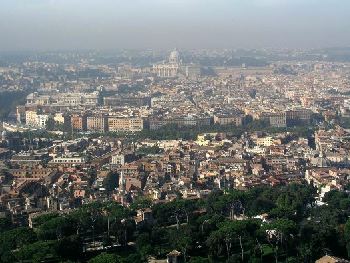 |
PANORAMIC VISIT OF ROME (10 April 2007) The most exciting panoramic views of Rome: Gianicolo, Pincio, Fungo dell'Eur, and Monte Mario. Private bus service included. Half day. The perfect starter for getting acquainted with the highlights and landmarks of the eternal city. |
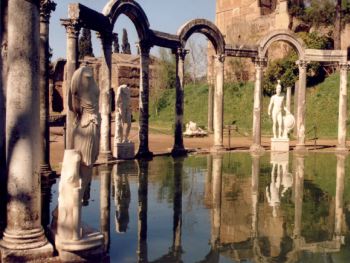 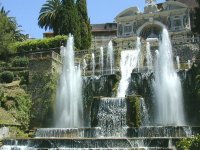 |
VILLA ADRIANA and VILLA D'ESTE (11 April 2007) The two Villas in Tivoli, 25 km from Rome: the roman Villa Adriana and the Villa D'Este from the Renaissance period. Private bus service included. Full day. Villa Adriana, the dream of emperor Hadrian used as his retreat from the city life. The Villa was the greatest roman example
of an Alexandrian garden, recreating a sacred landscape. It included palaces, several thermae, theatre, temples, libraries, and
quarters for courtiers, praetorians and slaves. Walking though the site, it is still possible today to experience the skillful
architectural forms and the variety of settings conceived by Hadrian and his architect. |
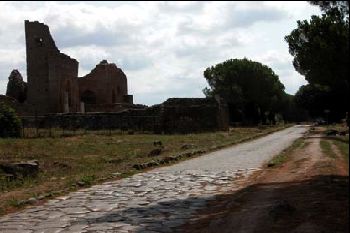 |
APPIA ANTICA (11 April 2007) A walk through the Appia Antica, the most beautiful ancient roman road. Private bus service included. Half day. The Via Appia, the "queen of the long roads", led from Roma to Capua and Brindisi (in the southest end of Italy). It was initiated by Consul Appius Claudius Caecus and completed in 312 B.C. Built as a high-quality road (with layers of cemented stone over a layer of small stones, drainage ditches on either side, low retaining walls on sunken portions, and so on), it was the first to feature the use of lime cement. Original sections of the Via still exist, paved with volcanic rock material, along which monuments of all periods are aligned. Like other roads leaving Rome, the first miles quickly became a necropolis, as burials were forbidden within the city walls. You will explore the Via Appia on foot, from the church of Domine Quo Vadis, coasting the Circus of Maxentius, up to the tomb of Caecilia Metella, and will visit also one of the Christian catacombs. Rests of roman aqueducts and family tombs are mixed with cypress and pine trees in a superb landscape. |
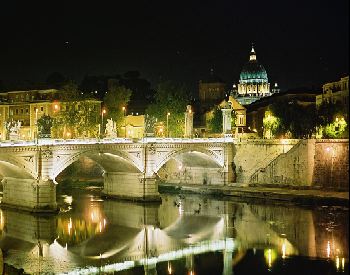 |
ROME BY NIGHT (11 April 2007) Visiting the city monuments and landmarks with the new lightning. Private bus service included. Evening. |
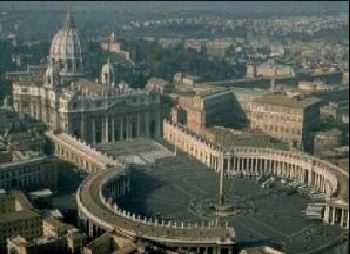 |
VATICAN CITY (12 April 2007) Visit to Piazza San Pietro, the Basilica, the Vatican Museums and the Sistine Chapel. Half day. A city within the city and the smallest state of the world. The open space in front of the Basilica was designed by Gian Lorenzo
Bernini, and built between 1656 and 1667 under the direction of Pope Alexander VII, as an appropriate forecourt "so that the
greatest number of people could see the Pope give his blessing" embraced by the powerful colonnade in doric style. The Basilica
is the largest christian church, covering an area of 2.3 ha and with a capacity of over 60,000 people. The construction of the current
Basilica began on 18 April 1506 and was completed in 1626. |
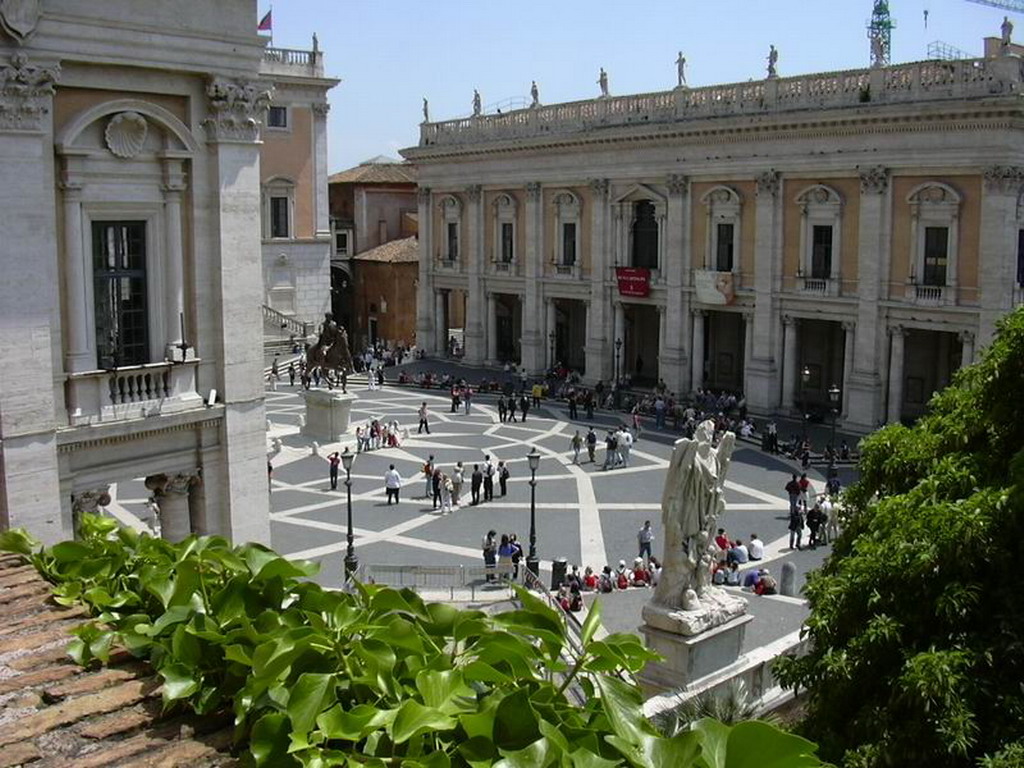 |
CAMPIDOGLIO and CAPITOLIN MUSEUMS (12 April 2007) Visiting the area around Piazza Venezia, the Campidoglio (Capitolin Hill), and the Musei Capitolini. Close to the conferente site. Half day. You will mount on top of the Vittoriano, overlooking the Roman Forum and Palatino, visit the ancient Santa Maria in Ara Coeli, still the designated church of the italian senate and the roman people (Senatus Populusque Romanus), stroll through the elliptical plaza designed by Michelangelo on the Campidoglio, with the equestral statue of emperor Marcus Aurelius at the center (this is a copy, the bronze original is inside few steps away) and visit the Capitolin Museums. These museums, founded in 1471, house findings and artworks that tell us about the history of Rome, from the antique sculptures, statues, and bas-reliefs portraying the acts of the emperors to the paintings on show in the Picture Gallery. |
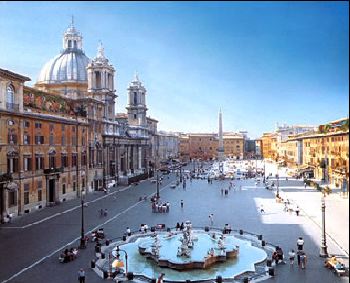 |
BAROQUE ART (13 April 2007) A walk through the Baroque Art of Rome, visiting the most representative monuments, churches and squares in the heart of the city. Half day. In the 17th century, Rome florished under the intent of stating the catholic majesty and triumph expressed in all arts. Baroque architects, painters, sculptors, and urban planners were called to magnify and renew the classical and ecclesiastical traditions of the city. The Trevi fountain, the Spanish steps, the Pantheon, and Piazza Navona were built or renovated during this period. These places have fascinated visitors and artists over the centuries, providing a source of inspiration throughout the western world. |
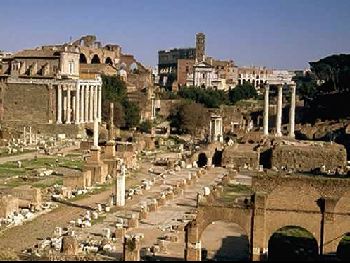 |
ROMAN FORUM and COLOSSEUM (14 April 2007) Visit of the most famous Roman ruins and walk through the Colosseum. Close to the conferente site. Half day. The Roman Forum, located at the foot of the Campidoglio, was the civic area around which ancient Rome developed. It was the commerce and
political centre of the republican period, the place where to meet, perform religious events or administrate justice. The Forum is filled with
temples and fully preserved triumphal arches dedicated to emperors for celebration of their war victories. Among the many ruins, the original
travertine paving of the Augustus period is still visible. |
PRICES
| Panoramic visit of Rome (half day) | € 55 |
|---|---|
| Villa Adriana and Villa d'Este (full day) | € 125 |
| Appia Antica (half day) | € 65 |
| Rome by night (evening) | € 55 |
| Vatican City (half day) | € 45 |
| Campidoglio and Capitolin Museums (half day) | € 55 |
| Baroque Art (half day) | € 45 |
| Roman Forum and Colosseum (half day) | € 55 |
Prices are per person and include:
- Professional tour guide, english speaking
- Transfer by de luxe coach (when mentioned in the program)
- Lunch for full day tour
- Italian VAT
Museums
Visit of the following museums (3 hours each) have been organized, For more information on the content, please check the given web sites.
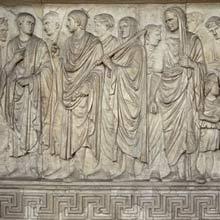 |
ARA PACIS MUSEUM |
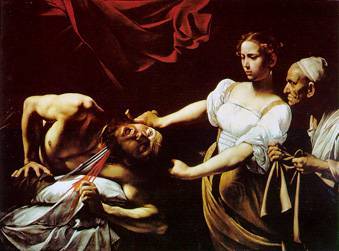 |
BARBERINI GALLERY |
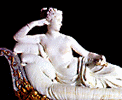 |
BORGHESE GALLERY |
 |
CASTEL SANT'ANGELO https://www.galleriaborghese.it/castello/it/default.htm (in Italian) |
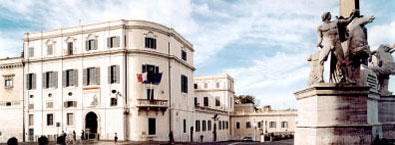 |
SCUDERIE DEL QUIRINALE – ALBRECHT DÜRER'S EXHIBITION |
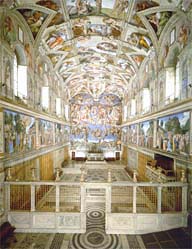 |
VATICAN MUSEUMS AND SISTINE CHAPEL |
PRICES
| Ara Pacis Museum | € 35 |
|---|---|
| Barberini Gallery | € 35 |
| Borghese Gallery | € 45 |
| Castel Sant'Angelo | € 40 |
| Vatican City (half day) | € 45 |
| Scuderie del Quirinale - Albrecht Dürer's Exhibition | € 40 |
| Vatican Museums and Sistine Chapel | € 45 |
Prices are per person and include:
- Entrance
- Professional tour guide, english speaking
- Supporting assistance of a hostess
- Italian VAT
